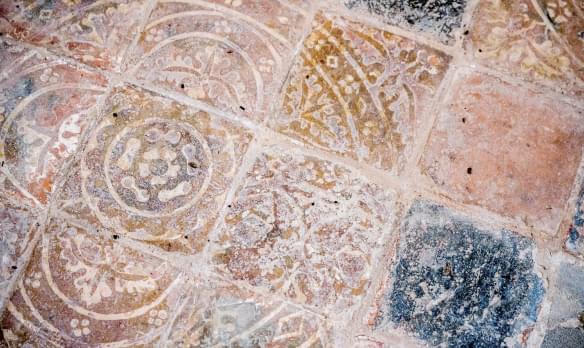
Holy Paraclete
Kirkhaugh, Northumberland | CA9 3LA
The dedication to The Holy Paraclete is unique in England.
Search for a fascinating place to visit, or see the variety of churches, chapels and meeting houses we have supported.

Kirkhaugh, Northumberland | CA9 3LA
The dedication to The Holy Paraclete is unique in England.
Hillesden, Buckinghamshire | MK18 4DB
Called 'The Cathedral of the Fields' this magnificent church stands in an isolated hamlet on a slight hill, so that while it can appear suddenly in distant views, reaching it involves negotiating miles of winding narrow lanes.

Goathland, Yorkshire | YO22 5AN
There has been a place of worship in Goathland, on the North Yorkshire Moors, for at least eight centuries and the present building, which was completed in 1896.

Turvey, Bedfordshire | MK43 8EP
The 13th century bridge that crosses the Ouse in this harmonious old stone village is a relative newcomer in comparison with the church, which dates back to around 980, and possibly even to Roman times.

Fordon, Yorkshire | YO25 3HT
Said to be the smallest active church in Yorkshire, and one of the smallest in Britain, St James is a Grade II listed building.

Wreay, Cumbria | CA4 0RL
Sarah Losh (1785-1853), a local landowner, designed St Mary's in 1840, partly in memory of her sister and parents.

Broadwell, Oxfordshire | GL7 3QS
We have supported this church

Hundleby, Lincolnshire | PE23 5NA
It may come as a surprise to you that St Mary's is only about 150 years old.

Roos, Yorkshire | HU12 0LA
A beautiful building in a rural setting adjacent to the moated site of Roos castle with its associations with the Magna Carta.

Llanfrechfa, Monmouthshire | NP44 8AD
Stands in an isolated position on a very ancient site.

Patrington, Yorkshire | HU12 0RE
The respected critic and historian Nikolaus Pevsner was much taken with St Patrick's; 'For sheer architectural beauty few parish churches in England can vie with Patrington'.

South Cockerington, Lincolnshire | LN11 7EF
Visitors are often surprised to discover an unusually life like monument in the church to Sir Adrian Scrope who lived in nearby South Cockerington Hall in the 16th century.
We have supported this church